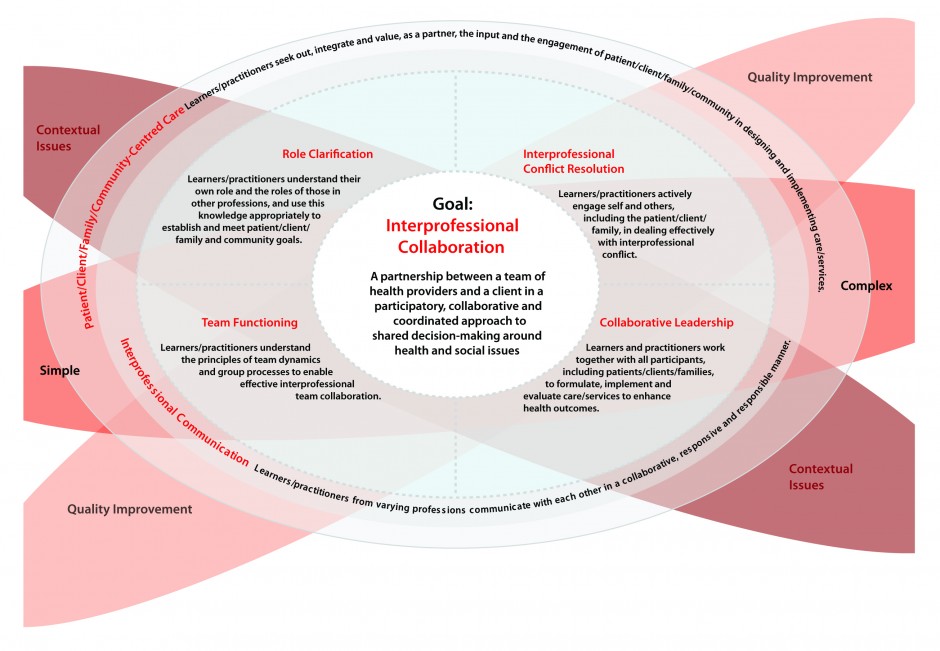Collaborative Health Education Opportunities
“Collaborative health education intends to “enrich the integration of collaborative practice education across all health and human service programs.” – UBC Health
Rural settings often provide opportunities for collaborative health education. In addition to your discipline-specific placement objectives, you will experience interprofessional collaboration—working with rural practitioners beyond your discipline and with representatives of the broader community where you can learn about the interprofessional practice and rural health.
- First-hand experience in collaborative patient-centered care
- Enhance discipline-specific skills
- A broader understanding of the scope of rural practice
- Understand the importance of teamwork between healthcare professionals working in rural areas
We encourage you to complete the TBC on the Run online modules before your placement. Upon completion of the modules, you will be able to identify the six competency domains that are essential for interprofessional collaboration.
-
-
- Understanding interprofessional learning objectives
- Identify three interprofessional learning activities that will enhance your understanding of collaboration and collaborative practice.
- Develop a learning plan for participating in a number of IP activities as part of your clinical placement.
- Form a community of practice with other students either going to the same rural community or other rural communities.
-
Interprofessional Learning Objectives
The goal of student placements in a rural collaborative learning environment is to provide practice experience that assists you in developing your ability to work collaboratively in healthcare teams.
Participating in interprofessional collaborative learning is considered an enhancement to your regular placement, not a substitute or add-on.
Learning objectives are statements that describe in precise, measurable terms what you will be able to do by the end of the placement. They should clearly define realistic expectations of your placement.
Students
You are encouraged to:
- Develop your own learning objectives for this placement specific to IP collaboration or refine these based on your discipline and context.
- Review these with your preceptor and your practice education coordinator/clinical education instructor who will assist you in aligning IP learning with your program.
Your IP learning objectives can be met through any number of formal and informal activities available to you as the learner in the community. Be sure to talk to your preceptor early in your placement about the variety of opportunities available, so you can take advantage of them.
Interprofessional Collaboration Competencies
What are some of the competencies necessary to work as a collaborative student/practitioner? The Canadian Interprofessional Health Collaborative (CIHC) has established six competency domains that highlight the knowledge, skills, attitudes, and values essential for interprofessional collaborative practice.
These domains are:
- Role clarification
- Collaborative leadership
- Team functioning
- Interprofessional communication
- Conflict resolution
- Patient/client/family/community-centered care
The following diagram represents the configuration of the six domains and highlights three background considerations that influence how the framework may be applied in different situations.
Download the CIHC National Interprofessional Competency Framework.
References
¹ Way D, Jones L, Busing N. Implementation strategies: collaboration in primary care-family doctors and nurse practitioners delivering shared care Toronto ON: The Ontario College of Family Physicians; 2000.
²World Health Organization. Framework for Action on Interprofessional Education and Collaborative Practice. In: HRH, editor. Geneva: WHO; 2010.
³Barrett J, Curran V, Glynn L, Godwin M. CHSRF Synthesis: Interpofessional collaboration and quality primary health care. 2007. (Available at chsrf.ca)
